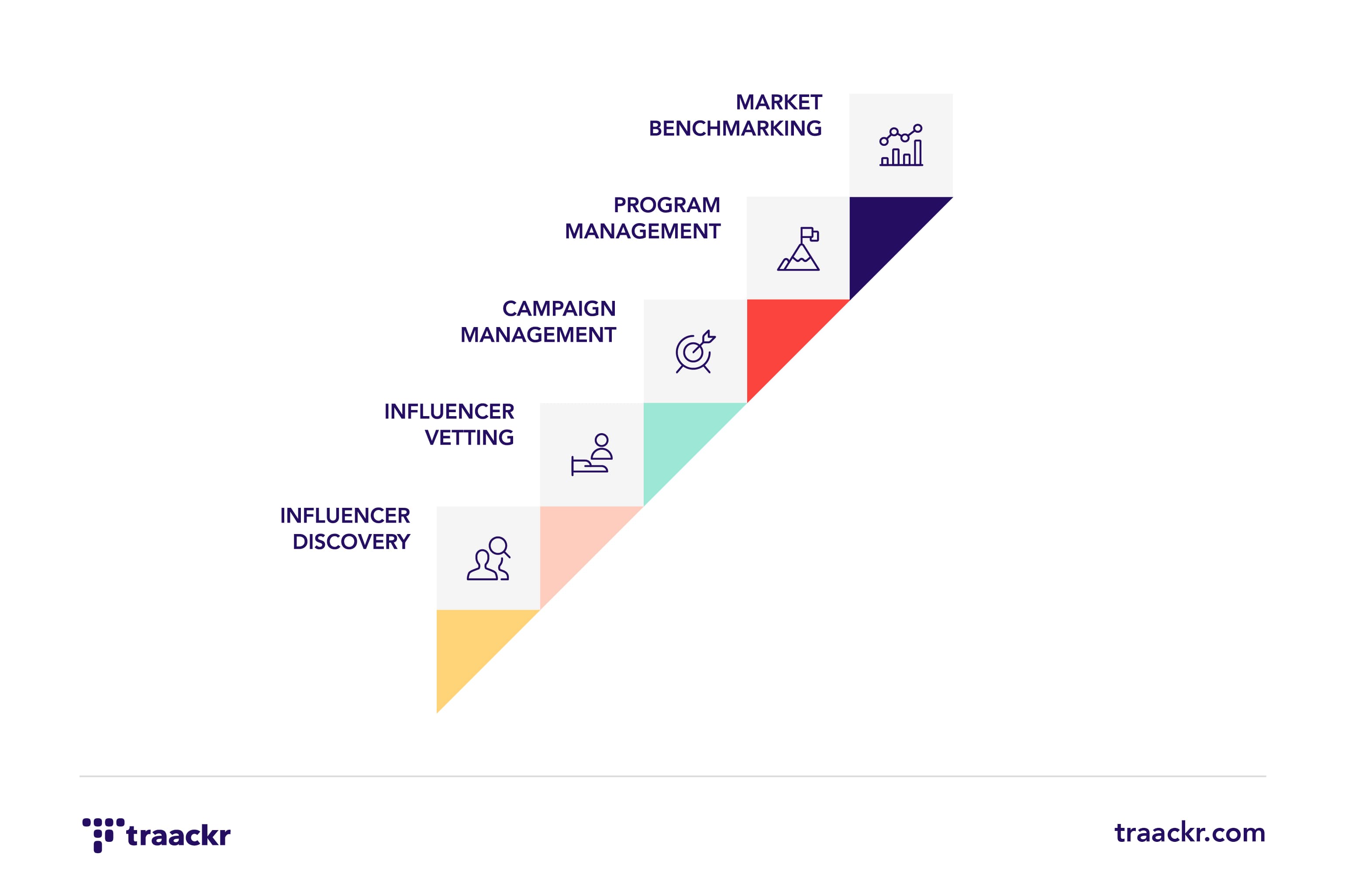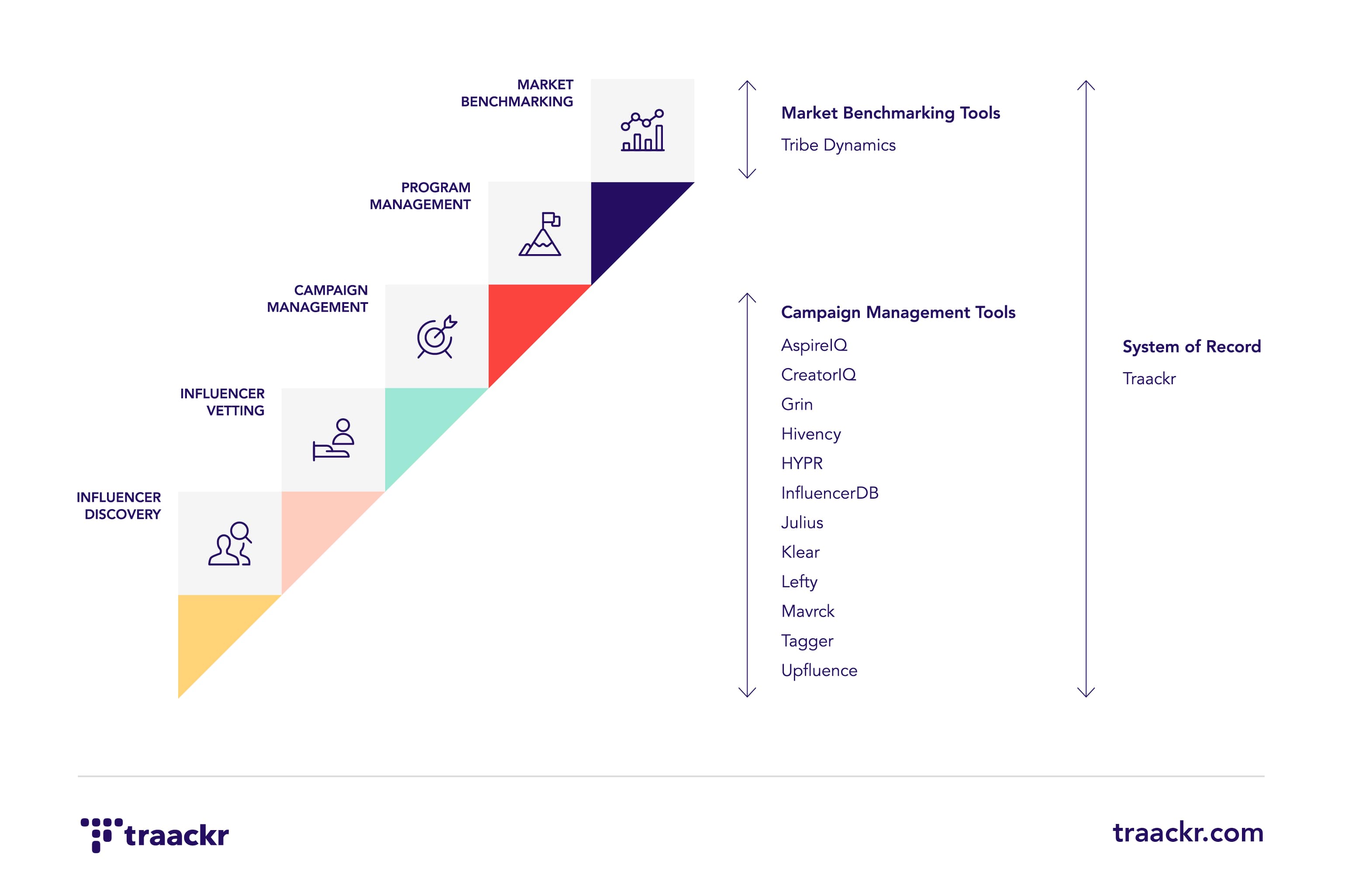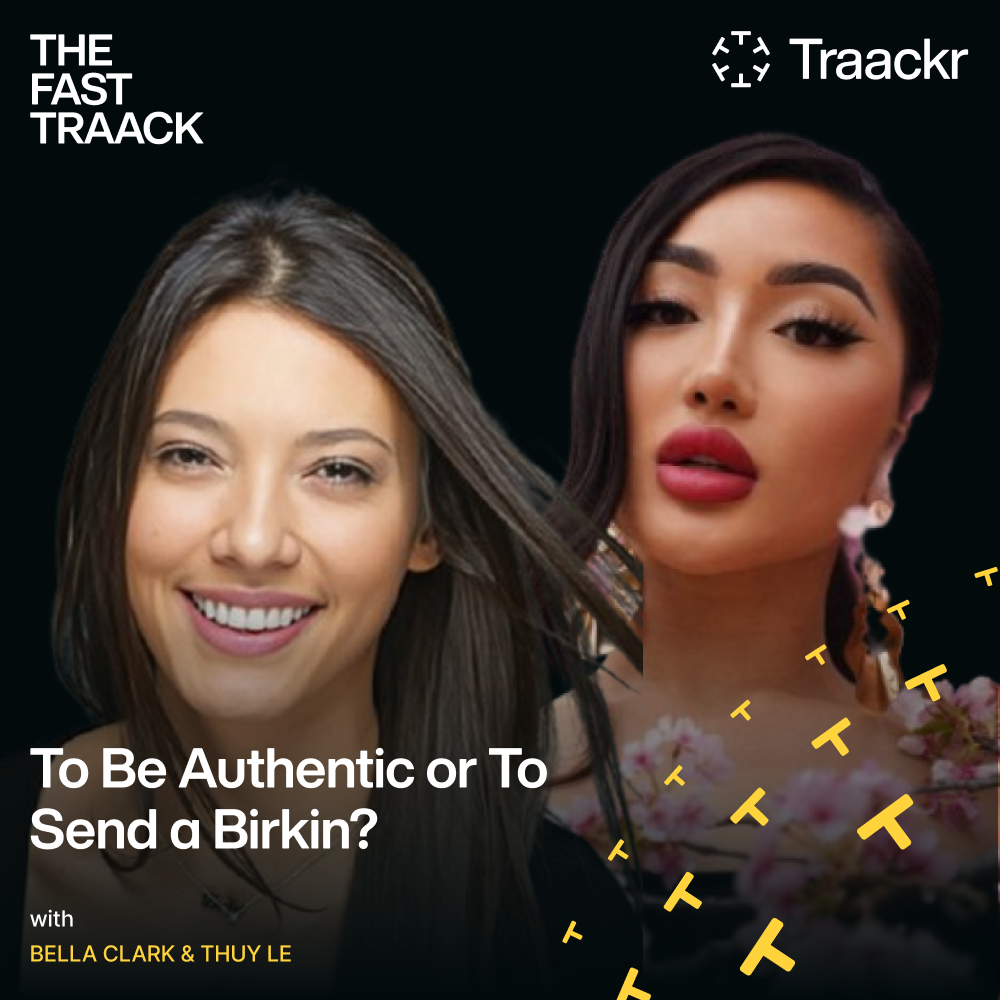Navigating the Influencer Marketing Technology Landscape

As the practice of influencer marketing grows, so has the number of influencer marketing technology solutions available on the market.
Although it’s nice to have options, having too many choices can be overwhelming. To make matters worse, almost every influencer marketing company advertises their solution as “all-in-one”, “end-to-end”, and “enterprise-grade”. This makes it hard to distinguish the differences and determine which solution best meets your specific use case.
The reality of the situation, however, is that not all solutions are the same and some are better suited for particular organizations, use cases, and needs.
This guide sheds light on the influencer marketing technology landscape by defining clear categories of solutions and the use cases and customer profiles that each is most suitable for. This guide is not intended to promote one category over another but, rather, to provide a lay of the land to help you determine which category best aligns with your specific context and needs.
The 5 Core Influencer Marketing Technology Use Cases
Before defining the categories of solutions, let’s quickly define the core influencer marketing technology use cases:

- Influencer Discovery: Finding influencers for potential partnerships
- Influencer Vetting: Evaluating influencers for performance, audience alignment, and brand fit
- Campaign Management: Activating influencers, managing campaign workflows, and reporting on campaign performance
- Program Management: Coordinating, scaling, and reporting on your influencer program across multiple geographies, brands, and teams
- Market Benchmarking: Analyzing the performance of your brand and competition among the influencers in your market
The 3 Categories of Influencer Marketing Technology Solutions
These 5 core use cases provide a useful framework for defining the 3 categories of influencer marketing solutions:

1. Market Benchmarking Tools
Market benchmarking tools are designed to help organizations analyze the performance of their brand and competition among influencers in their market, beyond those the organization works with (ex. US beauty influencers). They also surface market-level insights to guide strategy.
Pros
These are insight-focused tools, so they tend to be most suitable for senior executives. They also tend to be most suitable for global organizations with large brand portfolios because, in addition to benchmarking against competitors, they enable benchmarking amongst one’s own portfolio of brands.
Cons
While these tools provide useful high-level insights, they generally don’t provide capabilities to turn those insights into action. As such, they tend to be less suitable for influencer marketing practitioners and, in many cases, are used alongside campaign management tools.
2. Campaign Management Tools
Many of the products in this category started with a different purpose and eventually evolved into campaign management tools.
For example, a couple of years ago there was a rapid emergence of influencer marketplaces where influencers “opted-in” to the marketplace and brands browsed the marketplace in search of influencers to “hire” for campaigns. These marketplaces quickly proved ineffective due to limited influencer coverage and their inauthentic, transactional nature. There were also non opt-in influencer databases, developed for influencer discovery and vetting capabilities, that ultimately became what we consider campaign management tools today.
Similarly, many solutions that started with a focus on influencer discovery have developed vetting and campaign management capabilities after realizing the limitations of an offering that's purpose and value ends after the influencer is discovered. These are also considered campaign management tools today.
As a result, the campaign management tool category is by far the most crowded in the influencer marketing technology landscape.
Pros
Campaign management tools are the exact opposite of market benchmarking tools. They are action-focused tools that are designed to facilitate the workflow of influencer campaigns (given their previous life as marketplaces, many still primarily specialize in paid campaigns with macro influencers). As such, they tend to be most suitable for influencer marketing practitioners. They also tend to be most suitable for small to mid-sized businesses and agencies whose main goal is to increase the volume of campaigns they can run.
Cons
While these tools provide a lot of functionality for campaign execution, they lack the data, insights, and capabilities required to support large scale, global influencer marketing programs. For example, without access to data and content beyond campaigns, they can’t deliver the market-level insights that guide broader influencer marketing and competitive strategy. As such, they tend to be less suitable for senior executives, large global organizations, and influencer programs that have reached a certain level of maturity and investment where strategic insights become a priority.
3. System of Record Solutions
System of record solutions are designed for large scale, global influencer marketing programs spanning multiple geographies, brands, and teams. To support all the needs of a global scale program, system of record solutions bring all of the 5 core use cases of influencer marketing technology together in one platform.
Pros
They provide the market-level insights required by senior executives to inform strategy. They provide the action-oriented influencer discovery, vetting, and campaign management capabilities required by influencer marketing practitioners to put these insights to action. Finally, they provide a “bridge” in the form of program management capabilities that connect the various moving pieces of a global scale influencer marketing program.
Given their focus on enabling influencer marketing at scale, system of record solutions are data-driven platforms. They offer broader data-coverage (across geographies, languages, social platforms, and influencer tiers) to support the expansive needs of global organizations. They offer deeper data-driven insights (content, influencer, campaign, program, and market-level insights) to deliver the efficiencies required to scale. They also have stronger data privacy policies in place to ensure global compliance.
Finally, given their enterprise customer profile, system of record solutions offer a higher level of customer support, including professional services, and approach their customer relationships from the perspective of a strategic partner.
Cons
Despite their extensive capabilities and coverage, system of record solutions aren’t for everyone. For example, companies that are just initiating their influencer marketing journey or operating influencer marketing programs at a smaller scale won’t likely need everything a system of record has to offer from the offset and might find their price-points to be cost-prohibitive.
That said, once an influencer marketing program reaches a certain level of maturity, scale, and investment, a system of record is a necessity. Organizations with intentions for large scale, global programs should keep future growth ambitions in mind to avoid unnecessary friction and cost when scaling.
For example, system of record solutions provide significant functionality and cost benefits compared to using siloed market benchmarking and campaign management tools side-by-side. Building a global influencer program on a system of record from the get-go offers a much more streamlined and cost-effective path to scale.
Choosing What’s Right For You
We hope this guide helped shed light on the influencer marketing technology landscape and added clarity in determining which category of solution is best suited to your specific context and needs.
The next step is to put together a Request for Proposal (RFP) questionnaire to send to your short-listed vendors and gather information on how their offerings align with your most critical requirements. To get started, we encourage you to check out this Influencer Marketing Technology RFP Guide which includes a downloadable RFP template.
Finally, if a system of record like Traackr sounds like a potential fit for your needs, feel free to reach out and we’d be happy to show you the platform in action.

Listen to Bella Clark, Head of Influencer and Partnerships at Lipton, and content creator, Thuy Le, share why authenticity outshines extravagance when it comes to creator partnerships.
Listen nowSee which brands are leading the way in influencer marketing with our real-time performance leaderboard.
View brand leaderboard_Nick_Fancher_Photos_ID6169.jpg)
Unlocking Creator Value for Global Brands in the Age of AI

The UK’s New “Less Healthy” Food & Drink Ad Rules Just Changed Influencer Marketing

Rising and Top Influencers #Over40 in the Beauty Industry
Level up your creator marketing expertise
Get industry insights and updates straight to your inbox.
